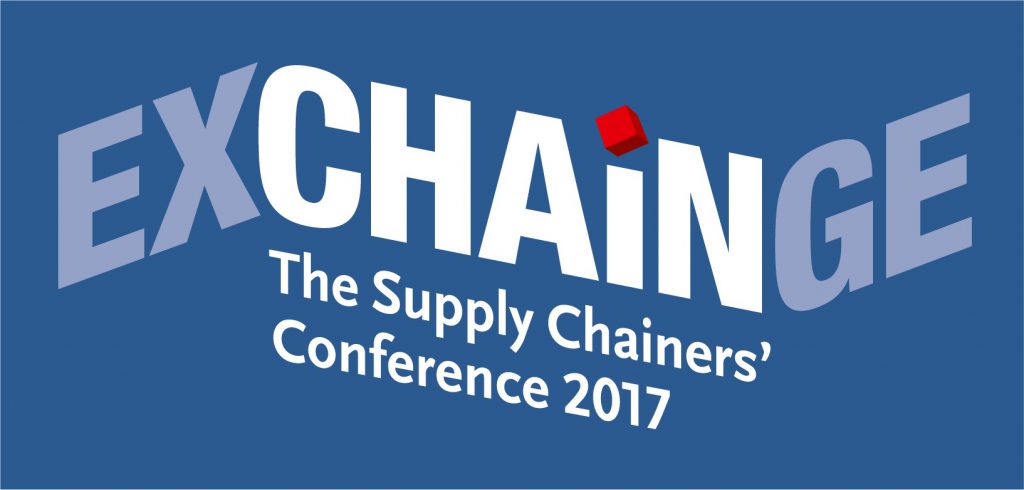Industry Insight: Why Innovation Needs the “Frozen Middle”
31st August 2017

Guest post by Philip K. Diekhöner, Innovation Strategist & Author, Singapore
One of the first major existential questions every human faces is perhaps the mystery of their own existence. “Where do babies come from?” is a question every parent must prepare for. In order to find a suitable answer, one must look at two things – how babies are made, and who is making them. While the former only tells us about the methodology, the latter actually traces back to the roots of our creation. Large organisations have been mesmerised by the challenge of understanding where innovation comes from, but so far they have only really touched on how innovation is created, without an understanding of who will be doing the innovating. The ‘how’ only gives us tools – the ‘who’ eventually gives us the ‘why’.
So, who is doing the innovating?
In the simplest sense, it is those who are at the lower and upper ends of the bell curve that describes any societal or corporate hierarchy, ie. those with the most to gain and the least to lose. The operators at the lower end of the curve have much to gain because they have little, and therefore also little to lose. The upper echelon is financially independent, that means they also have little to lose. Because of their economic and social leverage, however, they have the most to gain in absolute terms.
The middle, on the other hand, has little incentive to create. Usually, it is comfortable enough to know it won’t be at the bottom, but is also is realistic enough to know that only few will make it to the top. Hence, the ambition is to maintain, rather than create. Middle class societies innovate within tighter boundaries than those defined by high inequality. Cultures like Silicon Valley work because the upper and lower echelons can connect easily and informally to create. In less accessible environments, power distance does not allow these two layers to communicate effectively. Innovation often talks about ‘eliminating the middleman’, which is a lot more than just a saying.
Whether we are talking corporate hierarchy, society, or supply chain – expecting the middle majority to innovate is often futile. The greatest challenge of this day and age is activating the ‘frozen middle’, so that they can come on the grid and contribute to human progress. This requires fundamentally rethinking how hierarchies and organisational structures are built. We are moving from a pyramid to a network, and the transition is enabled by trust, which is scaled into the digital realm to enable network organisations of remarkable complexity to exist. Customers, start-ups and established corporates are starting to connect through these new networks, with the result that the future is becoming more evenly distributed. That ultimately means more people get to enjoy the benefits of human invention and ingenuity, which is great for everyone involved.
Philipp K. Diekhöner will give the Closing Keynote at the Exchainge on September 27th 2017 in Frankfurt.

